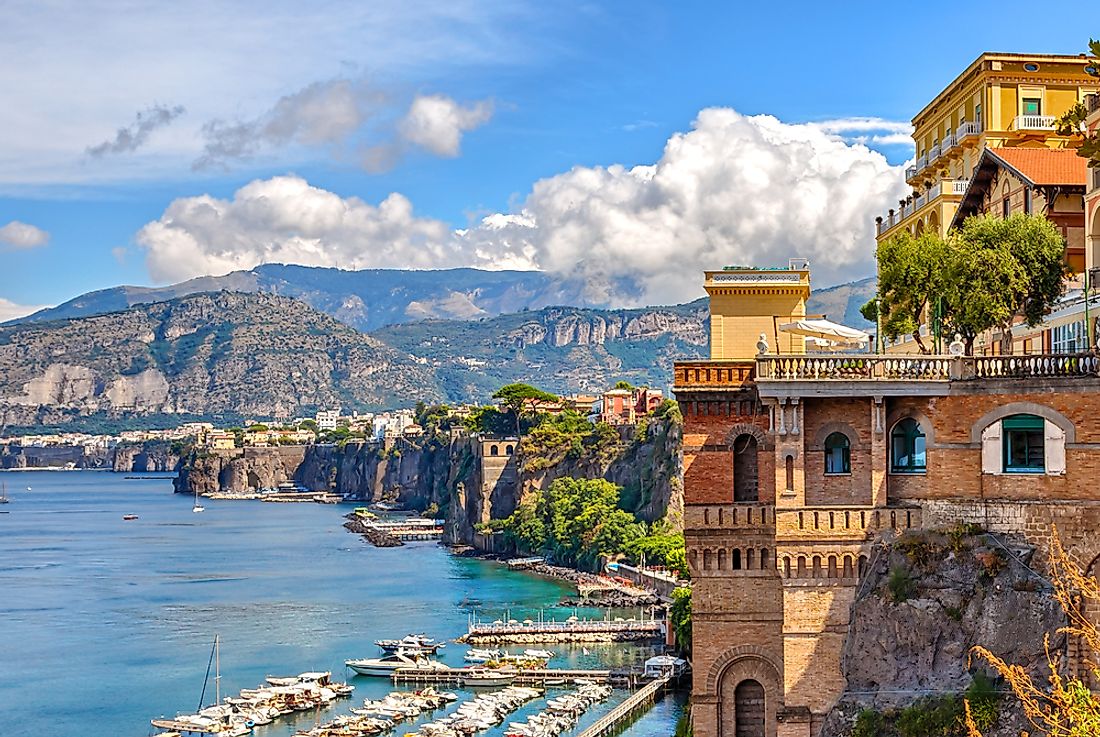The Important Features Of The Mediterranean Climate

The Mediterranean type of climate prevails in the lands around the Mediterranean Sea as well as in some other parts of the world including California, Western and Southern Australia, Central Chile and Asia, and the Southwestern South Africa. The vast majority of the Mediterranean climate regions on Earth occur on the Mediterranean Sea and can extend for thousands of miles into arid regions if not confronted by the moist climate. The climate got its name from the climate found around the Mediterranean Basin. It is a major type of the Koppen classification characterized by dry summer and cool winter.
Primary Characteristics Of The Mediterranean Climate
The Mediterranean climate is characterized by dry and hot summer and cold and rainy winter. The regions are located in the western parts of the continent between 30 and 45 degrees north and south of the equator. The climate zone is linked to the five large subtropical high-pressure belts of the oceans. These pressure belts include Azore, South Atlantic, Noth Pacific, South Pacific, and Indian Ocean High. The pressure belts are also called anticyclone and rotate clockwise in the Northern Hemisphere and anticlockwise in the Southern Hemisphere. The anticyclones cause the surrounding air to diverge and descend leading to a clear sky. Climatic changes are profound in the Mediterranean climatic region with rains alternating with warm sunny days during the winter seasons. Rainfall varies from year to year and does not fall evenly. The rains do not arrive yearly at the same time or within the same interval. Temperatures also vary from year to year with winter temperatures falling to as low as zero and may rise to as high as over 50 degree C in arid areas.
Precipitation Patterns
Mediterranean Climate is dominated by the subtropical high pressure during summer. The dry sinking air blowing over the marine layer makes rainfall unlikely. The climate is characterized by strong diurnal character to daily temperature during the warm months as a result of the subtropical high pressure. During winter, the Mediterranean climate zone comes into contact with the westerlies and associated sporadic storm which can extend to the Mediterranean climate zone. Since the high subtropical pressure is not there to deflect the storm away, the climatic zone will experience thunderstorm and heavy rainfall. Thus, the Mediterranean Climate zone experiences all its precipitation during winter, autumn, and spring and may last for about 3 to six months.
Temperature Of The Mediterranean Climate Zone
Most parts of the Mediterranean climate zone experiences mild winters and warm summer with the temperatures varying significantly between the different regions of the climatic zone. Some areas such as Lisbon and Los Angeles may experience mild winter while Dushanbe may experience cold winter with frost and snowfall. Since most parts of the Mediterranean climate border large water bodies, temperatures are average with a slight temperature range between winter low and summer high. However, the temperature range during summer is slightly large due to dry and clear conditions. Summer temperatures range from mild to very hot depending on the distance from the water body.
The Mediterranean Biome
The Mediterranean Climate zone is closely associated with the Mediterranean forests, woodland, and scrub biomes. Sclerophyll shrublands known as maquis is a distinctive of the climate zone, especially around the Mediterranean Basin. The aquatic communities of the climate zone are adapted to the yearly cycle of the environmental control by floods and biotic components. The vegetation of the Mediterranean climate zone must adapt to survive the hot summer and the prolonged wet winter. Some of the vegetation includes evergreen trees, deciduous trees, fruit trees, grasses, and herbs. Much of vegetation have been cleared for agriculture











